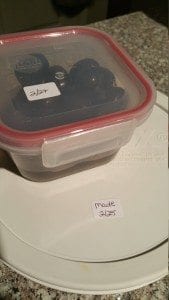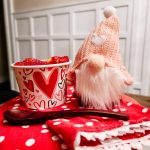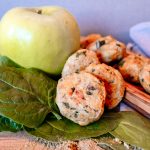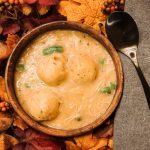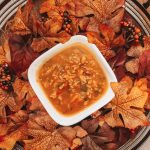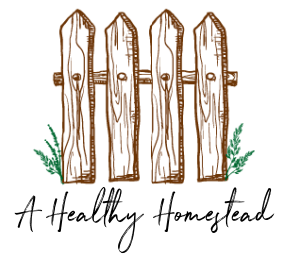Food safety and storage is one area a lot of people tend to overlook. Being vegan does not mean bacteria won’t grow on your food. My family has had their fair share of food poisoning. If you have not had it, count yourself lucky. It is one of the most miserable feelings, next to having the flu. Just so you have an idea, here are the symptoms according to webmd.com.
1) After eating tainted food, abdominal cramps, diarrhea, and vomiting, can start as early as one hour in the case of staph and as late as 10 days in the case of campylobacter. It may take even longer to develop symptoms from parasite infections such as Giardia. Symptoms can last from one day up to a couple of months or longer, depending on the type of infection.
2) Vomiting, diarrhea, sweating, dizziness, tearing in the eyes, excessive salivation, mental confusion, and stomach pain may be symptoms of chemical or toxin food poisoning such as that from poisonous mushrooms.
3) Partial loss of speech or vision, muscle weakness, difficulty swallowing, dry mouth, muscle paralysis from the head down through the body, and vomiting may indicate botulism, a severe but very rare type of bacterial food poisoning.
Food poisoning is very serious, please be sure to locate the source and take proper steps to ensure others do not experience this dilemma. If you find that it came from your home, here is a pdf with an idea of when food is safe and when to discard it from the Texas Agricultural Extension Service. Please take the time to observe everything on that list, even the things that are frozen. I have heard conflicting opinions about how long to keep food. From my own personal experience, it is better to be on the safe side than sick.
If you are like me and enjoy working in the kitchen, please take these precautions into consideration when cooking:
* Keep all foods in a cool place and covered.
* Check expiration dates.
* If you are going to cook with meat, make sure not to cross contaminate and wash hands, and surface after working with meat.
* Cool your leftovers before you cover and refrigerate them.
* Avoid touching your face or hair while preparing food. Especially when sick.
* Taste food with a clean spoon. Do not lick fingers. (Especially when sick or preparing food for someone other than yourself.)
* Cover any cuts or burns with a waterproof bandage.
* Make sure all appliances and surfaces are washed regularly.
* WASH YOUR DISH CLOTHS! These hold perfect conditions for bacteria to grow. Change them every day.
Here are some definitions that I found to be helpful for those of us wanting to understand proper food storage.
Shelf Life– The length of time that food may be stored and still be good to eat.
Non-perishables– Items such as dry, bottled and canned foods. Store in a cupboard on their own or in airtight containers.
Semi-perishables– These are foods that do not require refrigeration, but still have a limited shelf life. They include things like potatoes, onions, pumpkins and salamis. These items are usually kept on shelves in the storeroom complex, where they get plenty of air circulation around them. Potatoes need to be kept away from light as they will start sprouting.
Perishables– Items such as eggs, milk, cream, fresh meat. These have the shortest shelf life and must be used in three or four days.
Frozen– Foods may be preserved for several months by freezing. Long-term frozen storage requires a constant temperature of -18 °C (0 °F) or less.
Some guidelines I use when storing food are listed below:
1) Note the expiration date on packaged foods.
2) Label all cooked foods and leftovers with date they were made.
3) Use up older foods before making new dishes.
4) When dry foods are opened, store in an airtight container to prevent insects or from becoming stale. (I have a nasty story about that one, for another time I suppose.)
5) When I thaw food, I take note of how long it has been thawed. Freezing food does not kill bacteria. If the bacteria has began to grow during that thawed period, when you go to refreeze, it will remain in your food for the next thawing. Be cautious.
Something to keep in mind:
Toss it if the temperature went above 40 degrees, there is a bad odor, and any doubts that it is safe to eat. (i.e. Pecan pie without preseratives can be kept at room temp for no longer than 2 hours. Bacteria will rapidly grow between the temp 40-140 F.
Refreeze thawed fruits that don’t smell bad or have signs of mold. It may loose some of its flavor and texture but most cases are fine to refreeze.
Be cautious with refreezing vegetables: If they are still solid and icy refreeze. If they thawed, do not refreeze. They spoil fast and become tough along with losing some of the nutrients.
Baked goods are pretty dry and will do fine with refreezing as long as it is not moldy or stale.
A really great resource to check out is stilltasty.com. It can help you decide if your item is safe for consumption.
This advice is just based on my knowledge and research I have done. Please seek out additional information on dairy and meats, as I do not have much experience in this area.


